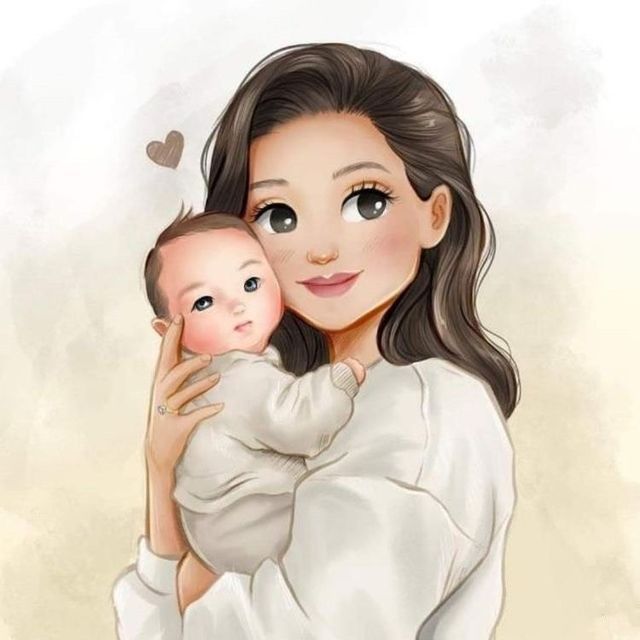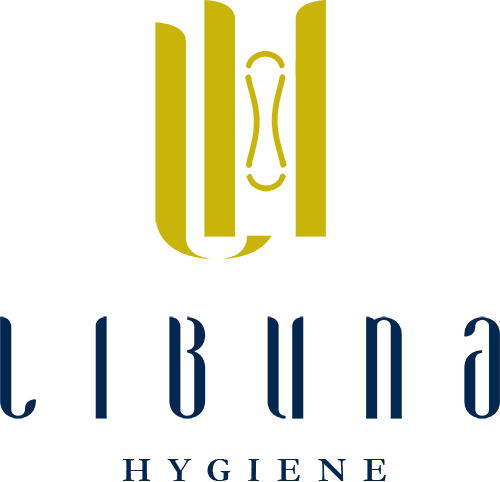Although it’s a wonderful trip, bringing a new life into the world needs proper care and attention. However, with the joy of a new phase in life, the phase of MOTHERHOOD, a woman also undergoes many changes in her body. An indispensable accessory for all mothers has been invented to manage this natural process.
In this blog, we will explore the role of maternity pads post-delivery, ensuring comfort and support during the postpartum phase.
Recognizing Postpartum Bleeding
During pregnancy, the body prepares the uterus by boosting blood flow to it as the baby grows. Postpartum haemorrhage results from the uterus contractions following delivery, which expels extra blood and tissue.
Women have commented that Lochia has a sweet smell. The first week following pregnancy it is a bright red colour. It turns white when all the blood tissues have been lost after a few weeks.
Still Wondering What Are Maternity Pads?
Absorbent pads that are made especially for mothers to wear after giving birth are called maternity pads. In comparison with normal menstruation pads, they have more capacity to absorb/accommodate heavy flow than is usually experienced postpartum.
In terms of its nature maternity pads are softer and pleasant. Fluently speaking, maternity pads are designed to be thicker and more absorbent than standard menstruation pads. As they are larger and longer they offer greater protection and coverage, especially during postpartum days as during that phase bleeding might be more intense.
Some pregnancy pads contain extra features like wings for further stability and adhesive strips to hold them in place, in addition to soft materials that lessen pain and irritation. It is recommended that women wear maternity pads during the postpartum period until the flow stops to the point where traditional menstrual pads may be worn safely.


Role Of Maternity Pads?
Because they provide women comfort and absorbency after giving delivery, maternity pads are essential to postpartum care. Compared to standard pads, they offer greater covering and protection and are made to withstand higher flows. When bleeding in the vagina, also known as lochia, occurs during the postpartum phase, maternity pads aid in preventing leaks, fostering healing, and maintaining hygiene.
For postpartum recovery, they help in meeting special requirements as they are usually bigger, softer, and more absorbent than standard pads.
- Absorbency: Maternity pads after delivery can handle a substantial amount of postpartum bleeding due to their great absorbent level. With its great absorbent level, it keeps the mother feeling dry and comfortable.
- COMFORT: Maternity pads are often composed of mild, soft fabrics to reduce sensitivity and discomfort, particularly in the delicate postpartum region. As a result, there is a decreased chance of chafing or skin irritation and healing is encouraged.
- Coverage: With its generous coverage, new mothers may rest easy knowing that their blood won’t seep into their clothes or bedding and can instead concentrate on getting better and taking care of their baby.
- Hygiene: Maternity pads are made with cleanliness in mind, which reduces the chance of infection by keeping the perineal area dry and clean. For both general health and postpartum recuperation, good hygiene is essential.
- Maternity pads provide a hygienic and comfortable method of controlling postpartum haemorrhage, therefore promoting the body’s natural healing process. Because of this, new mothers may rest and heal without being concerned about pain or leaks.
- Convenience: To maintain a solid fit, many pregnancy pads have wings or adhesive strips. This allows moms to move around freely without worrying about the pads bunching up or shifting.
- Options: There are two types of materials: reusable and disposable, depending on individual needs and environmental considerations.
Are you talking about the best way to choose maternity pads or post-pregnancy pads?
Libuna Hygiene offers you the necessary components a woman needs during postpartum bleeding. Choosing the appropriate maternity pads is a crucial decision that will provide comfort and hygiene throughout the postpartum period.
- Absorbency : In comparison to regular sanitary pads, Libuna Hygiene’s maternity pads have a substantial capacity to contain up to 750 ml of fluid which is a result of the increased frequency of postpartum haemorrhage after childbirth. In order to ensure safety and comfort throughout this time, they also have broader covering and leak-proof designs.
- Length and Coverage : Much longer than standard pads, usually up to 14–15 inches, for increased protection in the front and back.Wider than standard pads to minimise leaks and provide more coverage. With maximum absorbency and security, it is designed for postpartum bleeding.
- Softness and Comfort : Select pregnancy pads composed of soft, hypoallergenic materials, as postpartum can be a difficult time to avoid pads made of rough or uncomfortable materials.
- Breathability: During pregnancy, women should use a breathable fabric so they should select pregnancy pads composed of soft, hypoallergenic materials, as postpartum can be a difficult time. Avoid using pads made of unpleasant or scratchy materials.
- Hypoallergenic and Chemical-Free : Few pregnancy pads have the label / title “dye- and chemical-free” or “hypoallergenic.” If your skin is sensitive or you want to use natural products, these pads are the best option.
Some Physical Tips a mother should follow Post-pregnancy:
- Resting: You most likely didn’t get much sleep in the hospital after giving birth because it’s a laborious process. You must get as much rest as you can during the first few weeks following delivery. When your infant is asleep, try to get some rest or sleep. You’ll heal faster with this rest.
- Steer clear of heavy lifting: During the healing phase, stay away from lifting anything that weighs more than your infant. Especially the women who had their delivery through C-section, this is highly crucial.
- Hand washing: Wash your hands often, even though it can seem trivial. After using the restroom and changing your child’s diaper, wash your hands before feeding them.
- Cutting down on the number of stairs you climb: Try to climb stairs fewer times throughout the first week. Try to limit how many times a day you go up and down the stairs while you heal.
- Maintaining a basic baby care routine: It’s challenging enough to get to know your infant’s routine and demands in the first few weeks of life; don’t make it worse on yourself by adding your baby’s needs to your list of things to do. A daily bath is not necessary for your infant. Use wet wipes instead to ensure that your baby’s hands, face, and diaper area are cleansed every day.
During the Post-pregnancy period, women look for extra absorbent pads with a pleasant fragrance for freshness but all of these are made by mixing lots of chemicals which could lead to harmful infections. So, one should always use organic pads like Libuna Hygiene which are designed with a blend of corn pulp and other organic sub-products that contribute to rash-free, spotless, and soft fabric.
Let’s make these organic post-pregnancy pads our best friend in this maternity period.


